|
Since 1925, the Marenco family has been producing wine. It began with Michele Marenco, whose dream was to make wine from his vineyard in the heart of the Bagnario Valley, situated in Strevi, in southern Piedmont, and part of the Monferrato wine region in northwestern Italy. Michele’s son, Giuseppe Marenco, who understood the territory’s potential, followed in his father's footsteps and continued to make quality wine from indigenous grapes. He built the winery in 1956, located in Strevi, and acquired the best land he could find to grow grapes. Today, Giuseppe’s daughters, Michela with her husband Giovanni Costa, Patrizia (winemaker), and Doretta, carry on the family tradition with passion, enthusiasm, and dedication. They supervise and control every step of the production process, from grape to glass. The Marenco family presides over 160 acres of vineyards, focused on practicing sustainability while maintaining traditional growing systems in the vineyard and optimizing the quality of the grapes. In order to help maintain quality control, all grapes are harvested by hand. They grow Moscato, Barbera, Brochetto, and other indigenous grapes from Monferrato, with vineyards in Strevi, Cassine, and Fontanile Castel Boglione. I recently received a tasty selection of some of their still wines. Carialoso Monferrato Bianco DOC 2020 This wine is made with 100% Caricalasino, an ancient local variety that Patrizia Marenco rediscovered in the Strevi area and reproduced, beginning with 3,000 plants. Also known as white Barbera, the name Caricalasino means “load up the donkey” in Italian, and is a nod to the past when donkeys were the only means of transporting the grapes from hilly vineyards to the wineries. Usually blended with other grapes, Marenco was the first winery in Italy to produce a monovarietal wine. The first vintage was in 1996. “Carialoso” is the name of the grape in the Piemontese dialect. This wine was aged six months in stainless steel tanks and Oak barrels and then bottle-aged for three months prior to release. Nose: Beautiful aromas of white flowers, white stone fruit, herbs, citrus, and minerality. Palate: Fresh and inviting with vibrant acidity, sapidity, peach, apricot, and a hint of citrus, with zest and pepper on the finish. Alcohol: 12.5% SRP: $24.99 Pairing suggestions: Grilled white meat, seared tuna, porcini risotto or sip as an aperitif. Albarossa Piemonte DOC 2021 The Albarossa grape is a cross between Nebbiolo and Barbera, two main Piedmont grapes. Albarossa was developed in 1938 by Italian enologist Professor Giovanni Dalmasso. However, it wasn’t until 2001 that Albarossa was recognized as a quality grape of Piedmont, which can now be used in Monferrato Rosso DOC. This 100% Albarossa was harvested from the vineyard in the Strevi hills. After fermentation in stainless steel tanks, the wine is aged 18 months in large Oak barrels. It is then bottle-aged for six months before release. Nose: Violets, red fruit, baking spice, herbs, and cherry pie, Palate: Well structured, lively, and balanced with soft tannins and acidity. Lush notes of red fruit, plum, cherry, anise, and warm, spicy herbs and pepper. Alcohol: 14.5% SRP: $29.99 Pairing suggestions: Roasted or grilled red and white meats, stews, aged cheese, and charcuterie. Bassina Barbera D’Asti DOCG 2022 This wine takes its name from the Cascina Bassina, a farm in Fontanile (Asti). "Bassina.” short in Italian, was the nickname given to the lady who originally owned the Cascina. She understood the potential of Barbera in this area and began planting Barbera grapes on the best exposed sides of the hills. Barbera is the most widely planted grape in Piedmont. It is a juicy, fruit-forward wine. The grapes for this 100% Barbera were sourced from Bassina farm vineyard in Fontanile. After fermentation in stainless steel tanks, the wine was aged in concrete vats for nine months and then bottle-aged for three months. Nose: Floral, fresh red fruit, baking spice, and balsamic.
Palate: Aromas segue onto thepalate with bright, ripe berries, spice, sour cherry and a hint of dried plum. Alcohol: 14% SRP: $20.99 Pairing suggestions: Appetizers, pasta, grilled meat, chicken, and simple fish dishes. The logo of the ducks on the bottle label was inspired by the wild ducks that populate the lake on the Bassina Estate. Until next time… Cheers! Penina To leave a comment or if you have an inquiry, please contact me at [email protected] Happy Autumn! 🍂🍁 I took this photo in early October 2019 while spending time in the Franken (Franconia in English) wine-growing region in Germany’s historic state of Bavaria. The vineyards, landscapes, and colors were breathtaking! And the wines made my palate sing! It was a beautiful time of year to be there. If you would like to join me on this nostalgic trip, click the links below. It is a magical tour of an enchanting region filled with history, culture, fantastic cuisine, and exceptional wine!
http://thewineknitter.com/1/post/2019/10/day-755-exploring-the-franken-wine-region-part-one.html thewineknitter.com/1/post/2019/10/day-756-exploring-the-franken-wine-region-part-two.html Or, click "Franken Wine Region" in the Catagories column to the right. Cheers to great memories and a colorful autumn! 🍁 Until next time… Cheers! Penina To leave a comment or if you have an inquiry, please contact me at [email protected] It never ceases to amaze me that I can visit countries worldwide and converse in real-time with friends and family or meet with wine producers through the wonders of technology. Not long ago, I traveled to northern Italy via a Zoom meeting with brothers Aldo and Paolo Rametta to learn about the Romagna wine region and their two estates and a tasting of several wines they produce. The slopes of Romagna nestled in the eastern part of the Emilia-Romagna wine region in northern Italy are a treasure trove waiting to be explored. Romagna is a buffered zone between the Apennine mountains and the Adriatic Sea and is known for its rich and fertile terroir. The Emilia-Romagna region, with its proximity to Tuscany, Lombardy, Veneto, and the Adriatic Sea has a rich history of wine production dating back to the seventh century BC and is considered among the older Italian wine regions. It’s capital is Bologna. Aldo and Paolo were born in Louisiana, and although they grew up in the United States and Switzerland, they spent most of their lives abroad. Their passion for the environment, traditional winemaking, and family roots and history led them to Romagna and the purchase of two very distinct wine estates. Their main goal is to produce “a gentle expression of high quality from single vineyards.” Poggio della Dogana is the first wine project begun by the Rametta brothers. They purchased the estate in 2017, located in Terra del Sole. It includes a vineyard that is more than twenty years old which was already in organic conversion at the time. The vineyards cover a total of 20 hectares on a hilly area between Castrocaro Terme and Brisighella, at an altitude between 180m and 300m, with different soil characteristics in each area. The focus of the estate is representative of the Romagna territory, which grows Sangiovese and Albana, a white grape. Aldo said, “Albana is a white wine but quite peculiar for a white variety. We joke that it is red wine dressed in white. Its thick skins release tannins and complexity.” Ronchi di Castelluccio is in Modigliana, in the heart of the Sangiovese di Romagna lands. The Rametta brothers acquired this historic estate in 2020. There are approximately 30 hectares, with vineyards at an altitude between 250 and 500 meters above sea level. Biodiversity and sustainability are practiced in the single vineyards. “The historic vines have been restored, no plant has been torn down and the old growing systems have been introduced.” Except for Sauvignon Blanc, all the crus are 100% Sangiovese grapes. Here are four wines we tasted together (samples I received prior to the meeting.) Ronchi di Castelluccio Sottovento di Castelluccio IGT 2021 Produced from a single vineyard, this 100% Sauvignon Blanc was hand-harvested at an altitude of 390 meters. Soil is marl and calcareous sandstone. Fermentation took place in stainless steel and the wine was aged nine months in wood and a minimum of nine months in bottle. Nose: White flowers, citrus, white stone fruit, saltiness. Palate: Aromas segue onto the palate with fresh and lively notes, and sapidity lingering on the finish. Alcohol: 13% SRP: $40 Poggio della Dogana Belladama Romagna DOCG Albana Secco 2022 This 100% organic Albana was hand-harvested from 20-year-old vineyards at 200m and 300m altitude. Fermentation took place in stainless steel vats, and was aged for ten months in concrete and a minimum of four months in bottle. The typical signature of this wine is its intense golden color, which becomes more intense as it ages. Nose: White flowers, citrus, peach, apricot, and herbs. Palate: Lively acidity, fresh, dry, good structure, and a touch of minerality. A trace of tropical fruit and citrus zest linger on the finish. Alcohol: 13.5% SRP: $30 Ronchi di Castelluccio Buco del Prete di Castellucio DOC Sangiovese Modigliana 2021 From the 300m alt. single vineyard of the same name, Buco del Prete, this 100% Sangiovese was hand-harvested and fermented in steel. Aging took place in large French oak barrels for 12 months and at least six months in bottle. This vineyard is the lowest altitude vineyard on the estate at Modigliana. Nose: Dark fruit, forest floor, baking spice, and a hint of lavender. Palate: Rich dark fruit, dark berries, black cherry, fennel, lively acidity, smooth tannins, and a touch of spice on a long finish. Alcohol: 13% SRP: $40 Ronchi di Castelluccio Ronco della Simia DOC Sangiovese Modigliana 2020 The grapes for this 100% Sangiovese were sourced from Modigliana, in a vineyard restored in 2019 that was originally planted in 1975. It is a single vineyard with the highest elevation for a Sangiovese vineyard. (370 meters alt) Fermentation took place in steel and small oak vats and then was aged for ten months in Allier, Vosges, low-toasted tonneaux, and barriques. It then remained in bottle for a minimum of 14 months. Nose: Violets, red fruit, earthy, and baking spice. Palate: Beautiful texture and mouthfeel. Sapidity is present. Juicy, meaty fruit, dark cherry, smooth tannins, sweet spice, and a long finish. Alcohol: 13.5 % SRP: $140 In addition to my palate being entertained, the Rametta brothers had lots of information and stories to share. Their passion, love, and respect for the environment and history were palpable. They have piqued my interest in visiting Romagna and immersing myself in the land, culture, and wine! “There is no future without respect for history: we will be brave and let ourselves be driven by dreams and emotions.” Aldo & Paolo Rametta Until next time…
Cheers! Penina To leave a comment or if you have an inquiry, please contact me at [email protected] Labor Day has come and gone, and we have flipped the calendar page to September. However, summer isn’t officially over until September 22nd. We still have more beach days, picnics, grilling, outdoor concerts, and summer sunsets to enjoy! With that in mind, here are four wines that will take you through the end of summer, into the fall, and even winter! Moser 51.151 Trentodoc Brut Sparkling Wine NV Moser Winery, located in Trentino, Italy, was established in 1979 by Diego and Francesco Moser. Today, the winery is run by third-generation Carlo and Matteo, who combine family traditions with innovative and modern winemaking techniques. Moser winery sits among the Dolomites in the Trentodoc appellation, with vineyards benefiting from micro-climates and diurnal variations. This sparkling wine is produced in the Metodo Classico method, with 100% Chardonnay grapes grown on limestone soils in the Trento DOC Bianco appellation. Secondary fermentation and aging occur in bottle for 15 months on the lees. Nose: Floral, apples, citrus zest, white stone fruit, and baked croissant. Palate: A crisp and lively wine with fine perlage and notes of minerality, sapidity, and a touch of lemon zest on the finish. Alcohol: 12.5% SRP: $23 Pairing suggestions: Enjoy as an aperitif or with light appetizers, seafood, mushroom risotto, and dessert. Bolla Pinot Grigio Delle Venezie DOC 2023 Bolla Winery was founded in 1883 by Alberto Bolla in Soave. In 1931, he opened a winery in Pedemonte, a town in the province of Vicenza, Veneto, Italy. And in 2006, Gruppo Italiano Vini purchased the company. In 2016, Pinot Grigio attained DOC status in the geographical area of Veneto, Friuli-Venezia Giulia, and Trentino for the production of Pinot Grigio Delle Venezie DOC. The DOC Delle Venezie covers almost 28 thousand hectares of vineyards, encompassing the entire northeast area of Italy! The grapes for this 100% Pinot Grigio are sourced from hillside vineyards in Delle Venezie. Nose: White stone fruit, citrus, green apple, and melon. Palate: Light with crisp acidity, minerality, and hints of melon and peach lingering on the finish. Alcohol: 12% SRP: $11.99 Pairing suggestions: Enjoy as an aperitif or with seafood (especially oily fish) or shellfish. Also, white meat, light pasta, salads, and vegetable risotto pair nicely. Avivo Rosé Wine 2023 Avivo Wines is led by Ridgely Evers, Founder & CEO, and Daniel Fitzgerald, Director of Winemaking and owner. Their mission and goal is to make “clean wines.” They are committed to transparency and regenerative agriculture that reaches beyond sustainability in the vineyard and winery. In addition, AVIVO packages its wines in lightweight glass and uses Nomacorc Ocean corks made from recycled marine plastic waste. The blend for this rosé is 95% Sangiovese and 5% Syrah. The grapes are sourced from Ledbetter Family Vineyards in Lodi, CA. Fermentation took place in neutral oak and was aged in neutral French oak barrels for five months. Nose: Floral notes, red berries, vanilla, and a dash of citrus. Palate: Expressive! Dry, racy acidity, raspberry, melon, and a touch of cherry and pepper on the finish. Oh my! Alcohol: 12.8% SRP: $24 Pairing suggestions: Enjoy as an aperitif or with appetizers, seafood, crab quiche, light pasta, or grilled chicken. San Pedro 1865 Selected Vineyards Carmenère 2019 Viña San Pedro is situated in Maule Valley, Chile. It was founded in 1865, hence the name of the wine. Today, it is one of the largest and oldest exporters of Chilean wine. The grapes for this 100% Carmenère were sourced from San Pedro’s vineyards in Pencahue in the Maule Valley, and production took place at their Molina Winery in the Curicó Valley, 200 km south of Santiago. After fermentation, the wine was aged 12 months in French oak barrels (90%) and American oak (10%). 20% of the barrels were new. Nose: Intoxicating notes of dark fruit, cherry, baking spice, herbs, and pepper. Palate: Smooth tannins, rich and savory, with juicy blackberry and cherry leading the parade, followed by a hint of plum and a grand finale of cherry fusing with subtle herbs and pepper on a long finish. Alcohol: 14.5 % SRP: $20 Pairing suggestions: Get the grill going and enjoy this wine with seared tuna, steak, and fowl. Or serve with hearty stews, pasta, charcuterie, or cheese boards. Cheers to embracing the last few weeks of summer and looking forward to a stellar autumn! Until next time…
Cheers! Penina To leave a comment or if you have an inquiry, please contact me at [email protected] What happens when you pair a Riesling with Kama pudding? The palate explodes with a profusion of flavors while reveling in a virtual trip to Germany, Estonia, France, the Netherlands, and Belgium! How is this possible, you might ask? Read on, dear friends, and find out! Thanks to chef Adriana Urbina’s delectable Estonian Kama pudding recipe and Ernst Loosen, a wine producer whose Riesling is featured in this article, the stage is set for a magical pairing. The Wine Ernst (Erni) Loosen is the owner and 5th generation of the Dr. Loosen estate, which has been in the same family for over 200 years. Erni is considered one of the most iconic and influential Riesling producers in the world today. Since taking ownership in 1988, the estate has grown substantially. The Dr. Loosen estate is located in the village of Bernkastel in the heart of the Mosel Valley in Germany. With vines that are up to 140 years old in his best sites, Erni has transformed the vineyards by restricting crop size, prohibiting chemical fertilization, demanding strict fruit selection, and gentle cellar practices. All of the estate’s ten major vineyards are designated as Grosse Lage (grand cru). The prevalent soil types here are blue slate, red slate, and red volcanic sandstone. Dr. Loosen Erdener Treppchen GG 2018 Due to the iron-infused, red slate soil in the Erdener Treppchen vineyard, these wines are muscular and complex, with an intense mineral finish. The vineyard is so steep that a long time ago, stone steps were built into the hillside to help workers reach the vines. This wine is kept on the full lees for one year before bottling, allowing for greater texture. Although this is a dry wine, the juiciness of Riesling comes through, delivering white peach, citrus, green apple, and lots of minerality and crisp acidity. Erni says, “Old vines, steep slopes, red slate soil combined with winemaking techniques from over 100 years ago help make this wine truly unique; racy and mineral, but still balanced with a juiciness that makes you want to have another glass.” And I couldn’t agree more! Alcohol: 12.5% SRP: $54 The Pudding Adriana Urbina is an acclaimed Venezuelan chef based in New York. Her background is in fine dining and farm-driven cuisine. This, combined with her knowledge in nutrition (she completed her studies in holistic nutrition and gut health at the Institute of Integrative Nutrition in New York City), is why Chef Adriana's cooking is focused on responsibly grown and sourced local produce. She is a three-time winner of Food Network’s “Chopped” and has worked in several Michelin-starred restaurants. Adriana recently shared one of her favorite recipes, Estonian Kama Pudding with dark Belgium Chocolate. The four ingredients were sent to me along with the recipe. Each carefully selected ingredient expresses the authenticity, quality, and sustainability of European produce. Kama flour from Estonia A versatile ingredient, Kama flour is typically made from a mixture of grains such as barley, rye, oats, and peas. The grains are roasted and ground into a fine powder, producing a nutty flavor and distinctive aroma. Miel de Provence PGI, Honey from France Ooh la la! You can taste the lavender in this delectable honey. There are also subtle notes of herbs and wildflowers. Beekeepers in Provence use traditional production methods specific to this region, which include strategically placing the beehives in areas with abundant wildflowers and herbs. Milk from the Netherlands Milk production in the Netherlands is a significant part of the country’s agricultural sector and cultural identity. Approximately 96% of the milk is delivered to dairy factories to be processed into products such as cheese, butter, and yogurt. Dark chocolate Organic, from Belgium. With a long history of chocolate-making dating back to the 19th century, Belgium is renowned for its high-quality chocolate. Dark chocolate marked with the EU Organic label is made using cocoa beans grown without synthetic pesticides or fertilizer. Adriana said, “I have an unwavering preference for Belgian chocolate due to its unparalleled richness and smoothness. Sourced from the finest cocoa beans and crafted with precision by Belgian chocolatiers, it lends an irresistible depth of flavor and luxurious texture to my desserts.” This decadent dessert is easy to make and worth the wait to chill properly (about two hours) in the refrigerator. The use of parfait glasses or small ramekins makes for a festive presentation. If you would like the recipe, please email me at [email protected] Although this dessert and the Riesling are delightful to enjoy on their own, together, they forge an unforgettable treat for the palate! The Riesling’s natural high acidity and essence integrate beautifully with the pudding’s distinctive flavors, culminating in a graceful dance for the palate!
Until next time… Cheers! Penina To leave a comment or if you have an inquiry, please contact me at [email protected] When I was recently asked if I would like a copy of a newly released book called The Turn Of The Screwdriver, it got my attention. This macabre book of dark & twisted literary cocktails is spooky, humorous, and very creative! The author, Iphigenia Jones, offers 50 delicious cocktail recipes with a bit of a twist, ingeniously naming and pairing them with classic and modern gothic literature. From literary quotes and quips to tantalizing drinks, this book is not for the squeamish, or is it? To quote Iphigenia, “There is something about gothic literature that pairs nicely with a well-made drink. Perhaps it is the atmosphere of a cold drink in one hand while a storm rages in the novel, or the bitterness of alcohol paired with a doomed protagonist’s regret, or maybe it is the liquid courage we need in order to dare turn the pages. In this book, we provide the absolute best pairings of book and cocktail to enhance the experience of these famous tales.” When I asked Iphigenia what inspired her to write this book, her passion for both literature and cocktails was palpable. She shared, "After spending many nights with a bubbling cauldron and a favorite book, I sought to combine my two great interests into Turn of the Screwdriver, which allows one to consider the great works of the gothic canon while at the same time enjoying a delicious drink.” The sampling below is from The Turn of The Screwdriver of cocktails paired with famous gothic works. The Haunting of Highball House (The Haunting of Hill House by Shirley Jackson) The Portrait of Dorian Grey Goose (The Portrait of Dorian Gray by Oscar Wilde) Mexican Hot Gothalate (Mexican Gothic by Silvia Moreno-Garcia) Her Brandy and Other Parties (Her Body and Other Parties by Carmen Maria Machado) Lestat's Bloody Sazerac (Interview with the Vampire by Anne Rice) The Legend of Slushy Hallow (The Legend of Sleepy Hollow by Washington Irving) Iphigenia replied to my question about what her favorite cocktail is. “My favorite cocktail varies from one stormy night to another, but I am particularly fond of our blackberry cosmo, We Always Have Cosmos in the Castle.” And one of my favorite cocktails from the book is “The Picture Of Dorian Grey Goose”! So, if you are a fan of gothic literature (especially horror) and love a good cocktail, this book is for you! The quotes, inferences, detailed recipes, and photos will surely have you shivering with fright…I mean delight! In addition, the author offers an informative chapter on “Bar Basics,” covering glassware, techniques, and brews. It is an enjoyable read, for sure! SRP: $19.95 I will share one delectable cocktail recipe to brew in your cauldron, if you dare! And I hope it inspires you to conjure up more literary cocktails from this book! “Gorman Grasshopper” paired with three gothic novels by Mervyn Peake might leave you shivering, but your palate will sing! Until next time…Cheers!
Penina To leave a comment or if you have an inquiry, please contact me at [email protected] As you might know by now, I don’t need a particular reason to open a bottle of wine, regardless of the price tag. I’m all about celebrating “just because” moments! So, whether you’re in the mood for bubbles or still wine, these wallet-friendly and easy-drinking wines are an excellent addition to keep in your refrigerator for your “just because” moments! Occasionally,, I review new vintages of my favorite wines from producers I have written about in the past. And so it is with Pasqua Vigneti é Cantine, who always pleases my palate with their expressive and memorable wines. Still Wines Pasqua “11 Minutes” Rosé Trevenezie IGT 2023 Founded in 1925, this family-run business is located in Verona, Italy. and is led by third-generation Pasqua brothers Riccardo and Alessandro. The company has complete control over approximately 741 acres of vineyards (1/3 is estate-owned), stretching from Lake Garda to Soave. This wine is a unique blend of sustainably grown grapes sourced from Lake Garda. The blend is 50% Corvina, 25% Trebbiano di Lugana, 15% Syrah and 10% Carménère. It is called “11 Minutes” because after harvest thes grapes are gently pressed, and with only 11 minutes of skin contact, the most noteworthy qualities of the grapes are extracted, and the color is obtained. The bottle is an unusual and eye-catching oval shape, with an alluring photo of Lesbia seen through the front label. Nose: Lovely floral notes, red berries, citrus, and a hint of herbs. Palate: This is a fresh and inviting rosé with wild strawberries, spice, vibrant acidity, and a touch of pink grapefruit on the finish. Alcohol: 12.5% SRP: $18.99 Pairing suggestions: Enjoy as an aperitif or serve with grilled fish, seafood, risotto, or salads. Veramonte Chardonnay 2022 Viñedos Veramonte is an organic estate established over 25 years ago, and it sits at the extreme eastern end of Chile’s Casablanca Valley. The Veramonte vineyards are located in both Casablanca Valley and Colchagua Valley. Organic grapes for this 100% Chardonnay are sourced from Casablanca Valley. Part of the wine is barrel fermented in neutral oak with wild yeasts for about eight months, and the rest in stainless steel tanks. Nose: Floral, white stone fruit, citrus, minerality, and a hint of mint. Palate: Aromas segue onto the palate with subtle oak notes, nice acidity, lemon drops, and a touch of salinity. This is a fresh and lively wine. Alcohol: 14% SRP: $13.99 Pairing suggestions: Serve as an aperitif or pair with appetizers, seafood, grilled salmon, veggies, and pizza. Sparkling Wines Valdo Marca Oro Valdo was founded in 1926 by the Societa Anonima Vini Superiori and purchased by the Bolla Family in 1938. “Over 90 years of continuous innovation with an ongoing quest for quality and devotion to respecting the vineyards & wine-making traditions of the region has helped to secure Valdo’s position as one of the leading and most trusted Italian wineries specialized in Prosecco and sparkling wines.” (Valdo quote) Sparkling wines labeled Prosecco DOC (Denominazione d’Origins Controllata) come from nine provinces between Veneto and Friuli-Venezia Giulia. What is considered to be the best quality Prosecco comes from the Treviso province, especially the area between Valdobbiadene and Conegliano, a hilly area that is the home of Prosecco Conegliano Valdobbiadene Superiore DOCG (Denominazione d’Origins Controllata e Garantita) The Valdo winery is located at the foothills of the “pre-alps” around Treviso in Valdobbiadene, the heart of Prosecco DOCG.with vineyards in the DOCG and DOC appellations. Valdo Marca Oro Prosecco DOC Rosé Brut The grapes for this sparkling wine are sourced from the Prosecco DOC appellation in Veneto, Italy. It is 90% Glera and 10% Pinot Noir and produced using the Charmat Method. Nose: Lovely floral notes with pear, sweet apples, and red berries. Palate: Persistent and fine bubbles with aromas that segue onto the palate. Bright acidity and a creamy mouthfeel add to a long and refreshing finish. Alcohol: 11% SRP: $15.99 Pairing suggestions: Enjoy as an aperitif or serve with fish, pasta, salads, grilled chicken, or dessert. Valdo Marca Oro Prosecco DOC Brut The grapes for this 100% Glera sparkling wine are sourced from the Prosecco DOC appellation in Veneto, Italy. It is produced and aged using the Charmat method, followed by one month in the bottle. Nose: Floral bouquet with green apples, white stone fruit, and hints of citrus. Palate: It has ersistent and fine bubbles with crisp fruity notes, lemon, and a touch of melon. It has excellent structure and is a fresh and lively wine! Alcohol: 11% SRP: $14.99 Pairing suggestions: Enjoy as an aperitif or serve with Asian cuisine, grilled fish, crab quiche, or turkey burgers. FIOL Prosecco DOC Rosé 2021 FIOL (pronounced FEE-yol) means “son” in Venetian dialect and “chap” in English. FIOL was founded in 2011 by Gian Luca Passi and co-founder Giovanni Ciani Bassetti. They are childhood friends who grew up surrounded by Prosecco. “Most local winemakers have been drinking sparkling wine for 50 years and need an extraordinarily strong bubble to really feel it. We wanted something gentler, more subtle, more fruity.” says Gian Luca Passi.” This rosé is made with 85% Glera and 15% Pinot Noir sourced from Prosecco DOC appellation. The Charmat method was used for production. Nose: White flowers, red berries, and citrus.
Palate: Persistent and creamy bubbles with raspberry, strawberry, lemon, and a touch of salinity. Simple, balanced, and elegant, with persistent bubbles to the last drop! Alcohol: 11% SRP: $22 Pairing suggestions: Serve as an aperitif or enjoy with seafood, grilled fish, chicken, salads, lobster rolls, or mushroom risotto. The above wines are perfect to enjoy this summer and all year round! Pop a cork and indulge in a “just because” moment! Until next time… Cheers! Penina To leave a comment or if you have an inquiry, please contact me at [email protected] With summer in full swing, outdoor activities abound, including trips to the beach, picnics, backyard barbecues, pool parties, and lazy days swinging in hammocks. And if you’re like me, packing a picnic basket or entertaining by the pool should be simple and scaled down from the food to the beverages! After all, it’s summer and the “living should be easy!” And what better way to serve or transport wine and spirits than in RTD (ready-to-drink) single-serve cans! Global sales for RTD canned wines and spirits are rising, and sales are projected to expand in the coming years. Many wine and spirits producers are jumping on the bandwagon to sell their version of RTD beverages. Over the past several years I have tasted and reviewed premium RTD wines and cocktails that are pretty impressive. You can read my past articles and reviews by clicking “canned wines” or “canned cocktails” in the Categories section. Recently I had the pleasure of sampling a variety pack of Two Chicks RTD sparkling vodka cocktails, and they are worthy of a shout-out! Two Chicks is a women-owned and operated company. Meghan Hanna, co-founder, and Chief Inspiration Chick, came up with the concept in 2015 and joined forces in 2018 with Linda Cash, co-founder and Chief Executive Chick. In less than one year after they met, Two Chicks RTD cocktails in a can hit the market in the summer of 2019. Together they have become one of the top- selling RTD brands in the U.S. and the only female-owned company in the premium ($12 and up) RTD category. In addition to vodka, they offer gin, tequila, and whiskey cocktails. The packaging is festive and whimsical, with eye-catching designs that demand a closer look. Each 12-ounce can appears to be a logo of botanical-filled hearts. However, looking more closely, will disclose a creative take on the number “2.” Linda Cash said, “You have to catch people’s eye. They may initially buy it for the attractive packaging, but then they buy it again because it tastes great.” All Two Chick cocktails are sparkling with carbonation derived from adding CO2, rather than using seltzer or soda, so as not to dilute flavors. Only premium spirits are blended with all-natural fruits and botanicals for each cocktail. The cocktails are canned immediately after they are mixed to retain that “just-made” taste and freshness. Each 12-ounce cocktail is 5% ABV, 140 to 180 calories, and gluten-free and vegan-friendly! Only cans with BPA-free lining are used to avoid any metallic taste. (Two servings per can.) Two Chicks Vodka Variety 8-Pack SRP $25 This variety pack contains two of each of the following sparkling cocktails: Sparkling Lemon Strawberry Kiss is made with vodka, natural strawberry, lemon, and basil. Sparkling Melon Drop is made with vodka, natural honeydew, and lime. Sparkling Vodka Fizz is made with vodka and flavored with natural essence of pear and elderflower. Sparkling Watermelon Breeze is made with vodka, natural watermelon, and lime flavors. All of the above cocktails offer a unique and refreshing taste experience. They are juicy and balanced perfectly, with the right amount of vodka, fruit, and botanicals. They are also easy to drink and low in alcohol, which is a bonus. These grab-and-go RTD cocktails are perfect for any occasion and great to sip all year round. Or, grab and stay! I think a cocktail and hammock make for a perfect afternoon? How about you? Until next time…
Cheers! Penina To leave a comment or if you have an inquiry, please contact me at [email protected] Bastille Day is celebrated in France every July 14th, and in many French-speaking regions worldwide, including the USA. The French also refer to this day as “Le Quatorze Juillet” (the 14th of July) or “La Fête Nationale” (the National Day) On July 14th, 1789. a group of revolutionaries stormed the Bastille prison in Paris, marking the start of the French Revolution. The Bastille was a symbol of the tyrannical rule of the Bourbon monarchy. Without going into a detailed history lesson, suffice it to say King Louis XVI and his wife Marie Antoinette were overthrown, ending the “Ancien Régime.” The Bastille prison was torn down by the order of France’s new revolutionary government, with the last stone removed in 1790. King Louis XVI was publicly beheaded on January 21st, 1793, making him the only French king to ever be executed. Marie Antoinette met the same fate at the guillotine on October 16th, 1793. Although it was a violent time, Bastille Day is celebrated in France with parades, fireworks, food, wine, and dancing. And even though I never need a reason to pour a glass of wine, it’s a perfect time to open a bottle of French wine and toast Bastille Day! Here are three wines that will tickle your palate on Bastille Day or any day of the year! C’EST LA VIE Pinot Noir-Syrah Pays d’Oc IGP 2020 This brand was created by Maison Albert Bichot. The Bichot family was established in Burgundy in 1350. Founded in 1831, Domaines Albert Bichot currently owns six estates throughout Burgundy. This wine is a blend of 60% Pinot Noir and 40% Syrah, with grapes sourced from the Languedoc-Roussillon. It is vinified and finished in stainless steel. Nose: Floral notes, red berries, and a hint of spice. Palate: Vibrant and smooth with strawberry, raspberry, ripe cherry, and a dollop of spice. Alcohol: 13% SRP: $13 Pairing suggestions: Enjoy on its own or with grilled fish, meat, cheese, and light bites. Slightly chilled on a hot day, this wine is quite refreshing. Trenel Beaujolais Cuvée Rochebonne AOP 2021 Maison Trenel was founded in 1928 by Henri Claudius Trénel and is in the heart of the South Burgundy and Beaujolais wine regions. The grapes for this 100% Gamay are sourced from the regional appellation “Beaujolais,” east of the “Pierres Dorées” area, on three parcels east-oriented and facing the Mont Blanc. The wine is aged for five months in cement tanks and is unfined and lightly filtered before bottling. Nose: Fruity aromas, red berries, cherry, spice. Palate: Aromas segue onto the palate with crisp and juicy notes of strawberry, raspberry, cherry, and a touch of pepper lingering on the finish. Alcohol: 12.5% SRP: $21 Pairing suggestions: Soft cheese, cheese tarts, quiche, fish stew, seared tuna, and roasted chicken. La Perrière Mégalithe Sancere 2016 Saget La Perrière is a family-run company in the Loire Valley, France. With 890 acres of vines in the finest appellations and six estates, it carries on the tradition of nine generations dedicated to producing fine wines. The estate’s 106 acres of Sancerre vineyards (Sauvignon Blanc grapes) are in the Bannay, Verdigny, Saint-Satur, Crézancy, and Vinon districts. Megalithe is the icon wine of Saget La Perrière. The first vintage was produced in 1998. The goal of Megalithe is to showcase the beauty of aged Sauvignon Blanc. The grapes are hand-harvested, and “after a gentle pressing, 40% of the must is fermented in new 300-liter oak barrels from Allier. The wine stays in barrel for eight to nine months, and the lees are stirred regularly to give the wine weight and complexity. To preserve the character of Sauvignon, the other 60% of the must is vinified and matured with particular care in steel vats.” Nose: Elegant and complex aromas of honeysuckle, apples, apricots, stone fruit, vanilla, and a touch of flint. Palate: Rich texture with a beautiful balance of salinity and ripe fruit. This wine has so much character! Alcohol: 12.5% SRP: $45 Pairing suggestions: Enjoy as an aperitif or with lobster, seafood, goat cheese, and salads. Until next time… Joyeux jour de la bastille!
Cheers! Penina To leave a comment or if you have an inquiry, please contact me at [email protected] When one thinks of wines from the western part of the United States, in all likelihood, California comes to mind first. However, the Pacific Northwest is known for its fine wine production from Oregon and Washington. These northern states benefit from warm days and cool nights, resulting in ripe fruit and fresh acidity in the wines. Oregon is known for its production of Pinot Noir, and Washington has a reputation for its fine Cabernet Sauvignon, Merlot, Riesling, and Chardonnay. Andrew Family Vineyards is nestled in the picturesque Horse Heaven Hills AVA in south-central Washington, a part of the larger Columbia Valley. Horse Heaven Hills is one of Washington’s warmer growing regions and is ideal for Cabernet Sauvignon. Vineyards are planted on south-facing slopes, which provides ample sun exposure. Jeff Andrews is the owner and third generation of this family-run business. With their first brand, Trothe, receiving accolades since 2021, the team has released their second brand this spring, Sagebreaker, honoring their great-grandfather, George Smith, who tirelessly and with great difficulty broke ground and cleared sagebrush to make way for cultivation. Winemaker, Ray McKee, part of the Trothe team, has captured the essence of over 80 years of family history with Sagebreaker. While the Trothe brand is focused on single varietals, Sagebreaker focuses on classic blends, incorporating the notable terroir of Horse Heaven Hills with its rich granite soil. I received three samples of their inaugural vintage release of Sagebreaker, and I’m delighted to share my thoughts with you! Sagebreaker White Blend 2023
This is a classic Rhône white blend of Viognier, Roussanne, and Marsanne, all certified sustainable estate fruit. “Each variety is grown on a parcel of their vineyard best suited to its defining varietal characteristics—Viognier and Roussanne on cooler, lowland blocks and Marsanne on a warm hilltop.” The grapes were picked, pressed, and vinified together for a co-fermentation. Nose: Fragrant white flowers, stone fruit, and apricot. Palate: It is fresh and vibrant with notes of peach, apricot, honey, citrus, and minerality. It has great texture, and is a winner in my books! Alcohol: 13.5% SRP: $48 Pairing suggestions: Enjoy as an aperitif, or serve with ceviche, shrimp scampi, grilled poultry dishes, or salads. Sagebreaker Rhône Blend 2021 This wine is a classic Rhône blend of Grenache, Syrah, and a dash of Mourvèdre harvested from certified sustainable estate vineyards. After fermentation in Italian concrete, the wine was aged for 18 months in new 100% French oak. Nose: Red fruit aromas, bramble fruit, plum, and minerality, Palate: Strawberries, raspberry, plum, baking spice, crushed stone, and dark chocolate on a long finish. Smooth tannins and well balanced with acidity. A bright, spicy, earthy, and well-structured wine. Alcohol: 15% SRP: $68 Pairing suggestions: Grilled meat, poultry, game, or tuna. Charcuterie board Sagebreaker Bordeaux Blend 2021 This is a beautiful blend of 75% Cabernet Sauvignon and 25% Merlot, all sourced from certified sustainable estate vineyards. The wine was fermented in a mix of Italian and French concrete to preserve its natural freshness. It was then aged for 22 months in new French oak barrels. Nose: Rose petals with a blend of dark berries, baking spice, and herbs. Palate: Aromas segue onto the palate with bursts of dark berries, plum, sweet cherry tobacco, and dark chocolate. Beautifully balanced, rich, complex, and impressive! Alcohol: 14.5% SRP: $84 Pairing suggestions: Beef bourguignon, vegetable stew, roasted lamb, seared tuna, or mushroom risotto. The prices may be steep, but they are worth every sip! Until next time… Cheers, Penina To leave a comment or if you have an inquiry, please contact me at [email protected] |
Categories
All
|








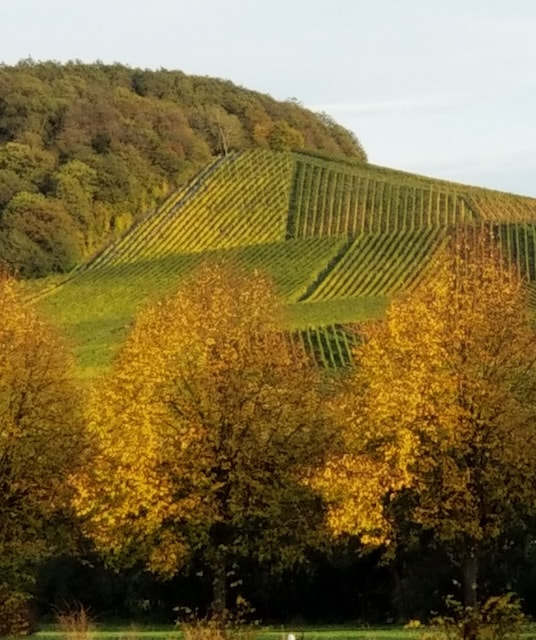
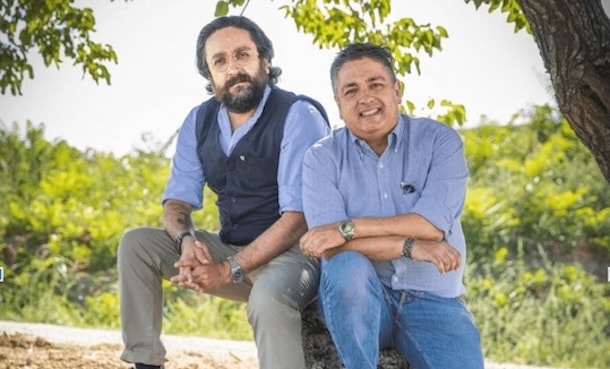
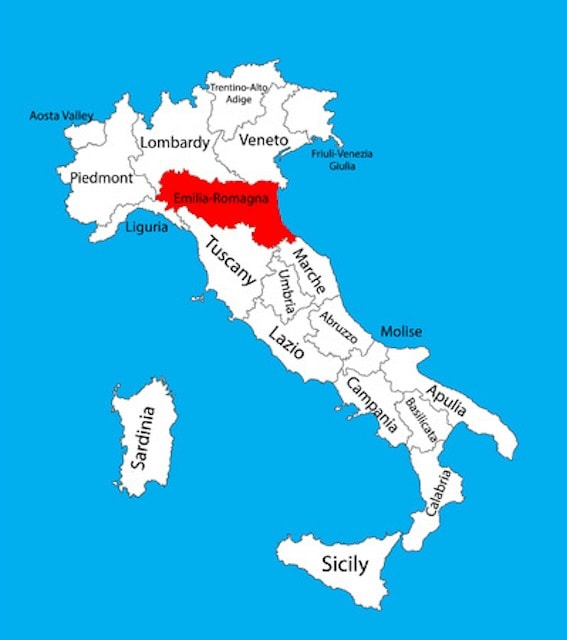
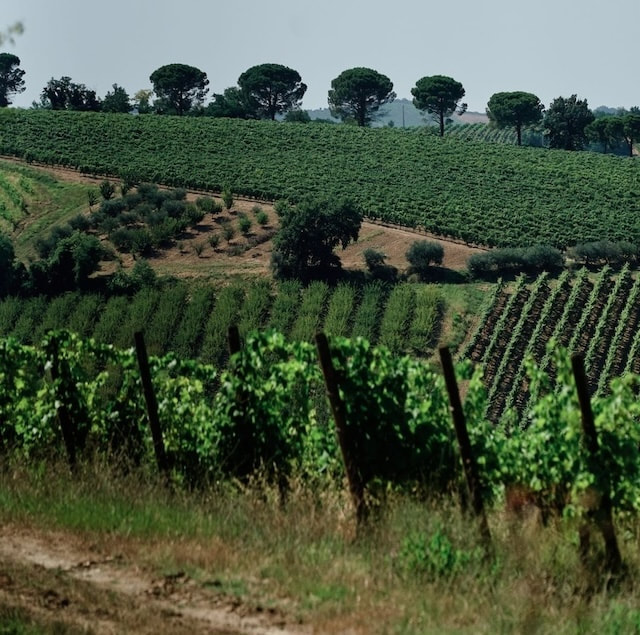
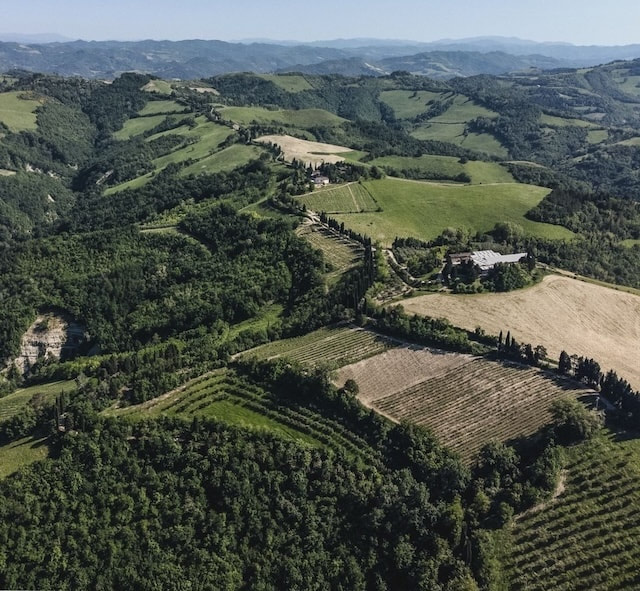
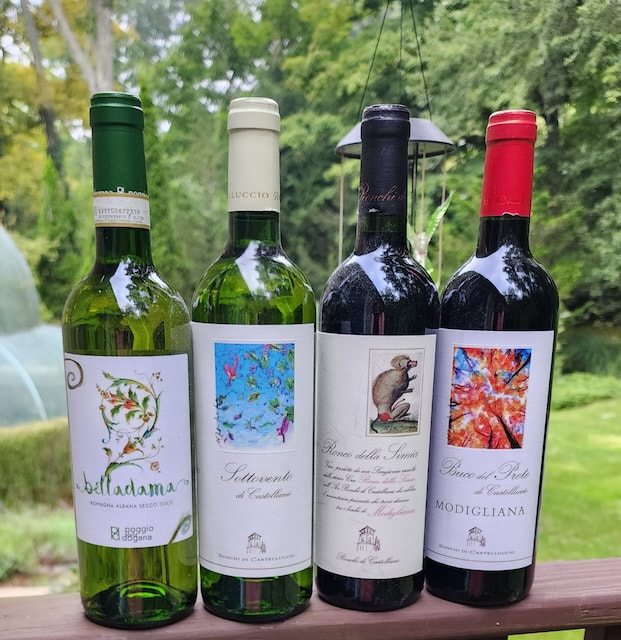
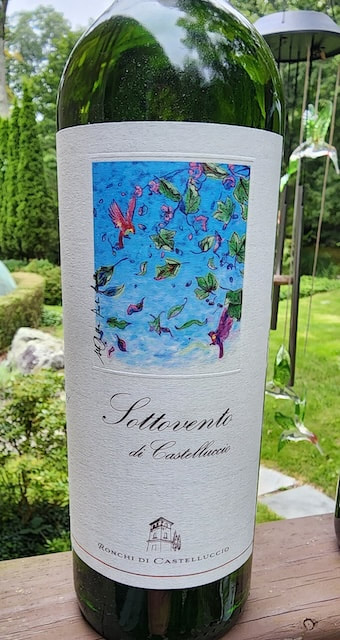
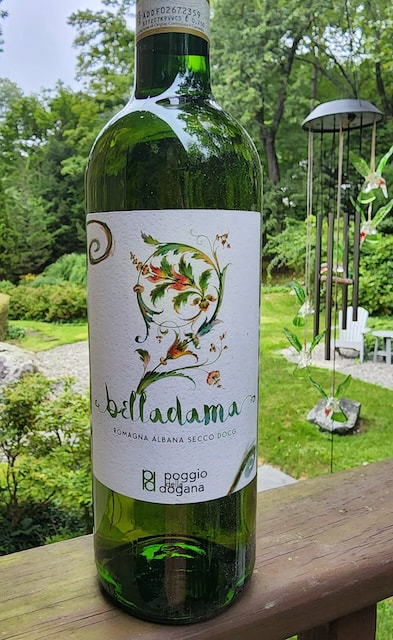
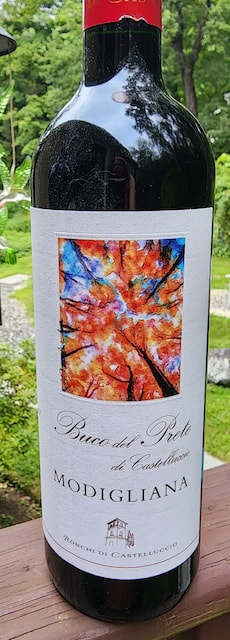
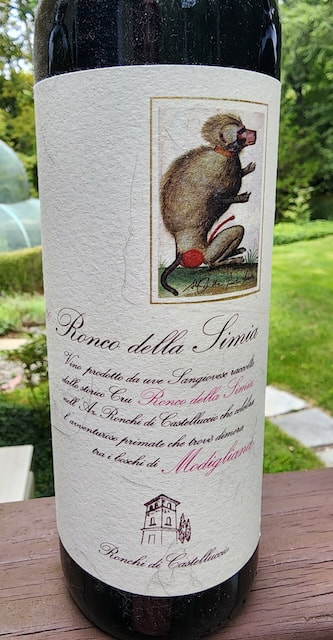
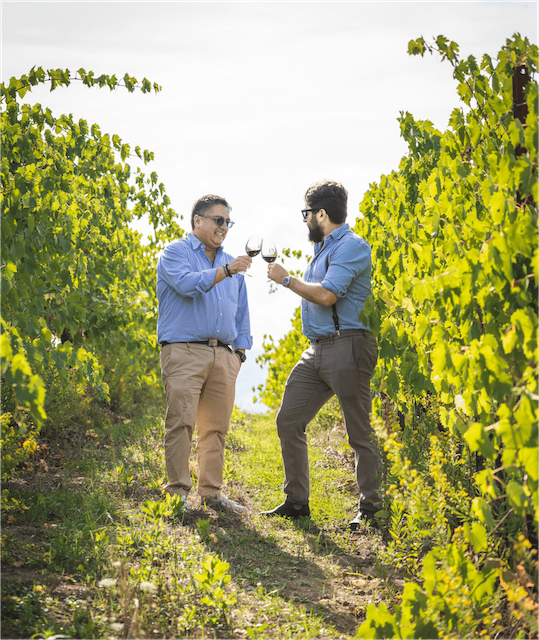
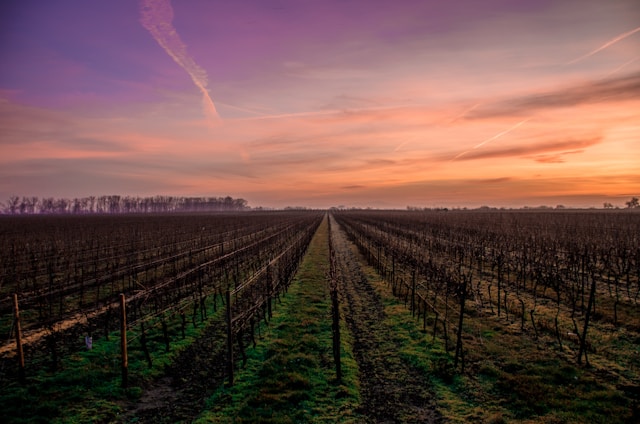
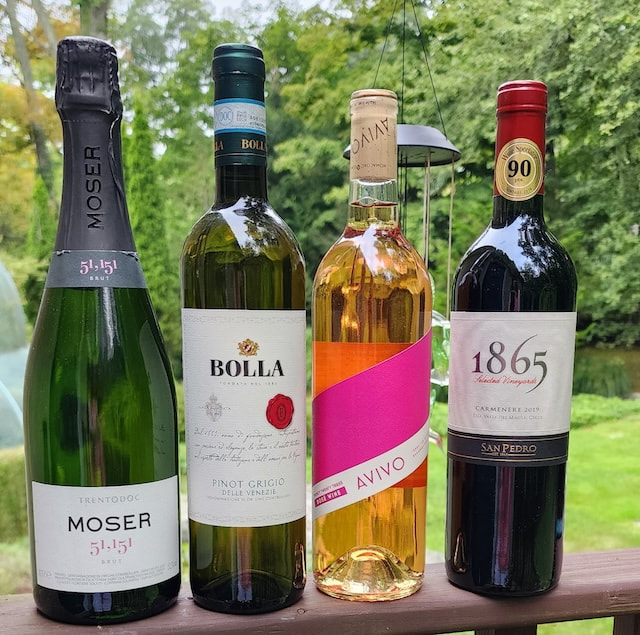
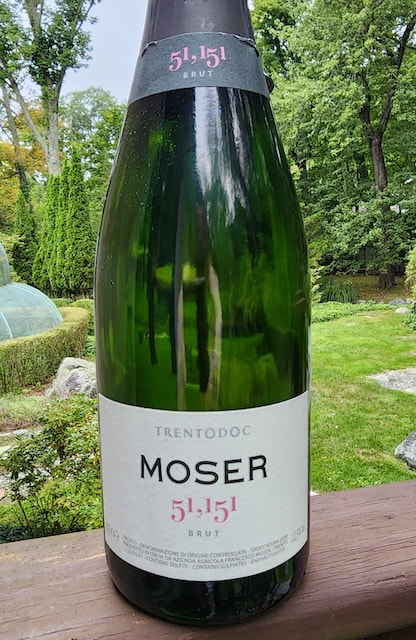
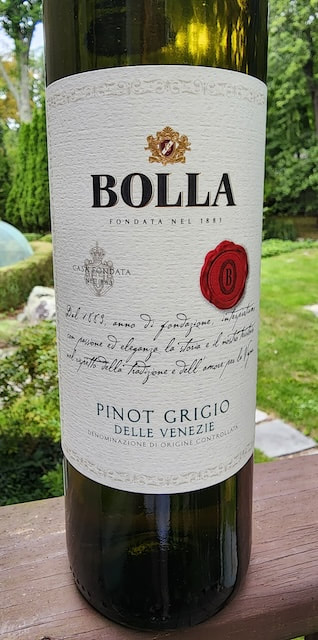
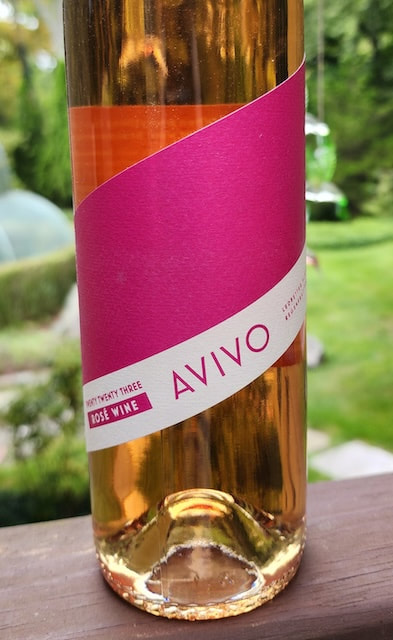
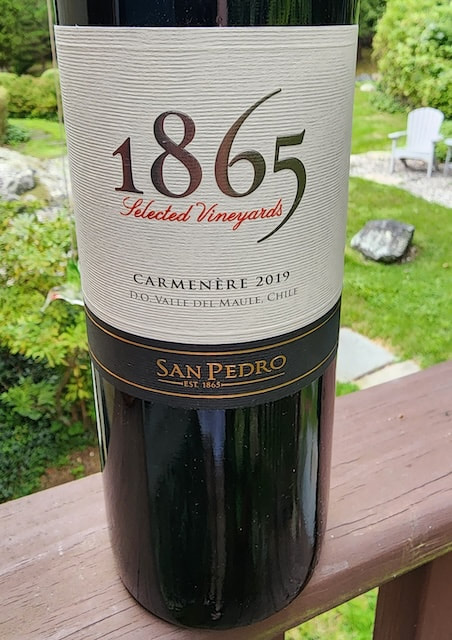
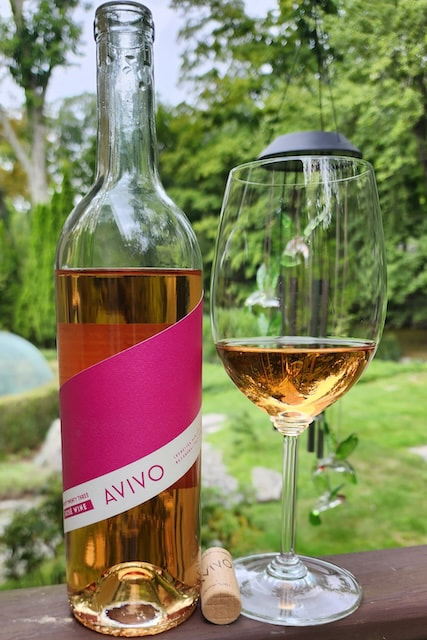
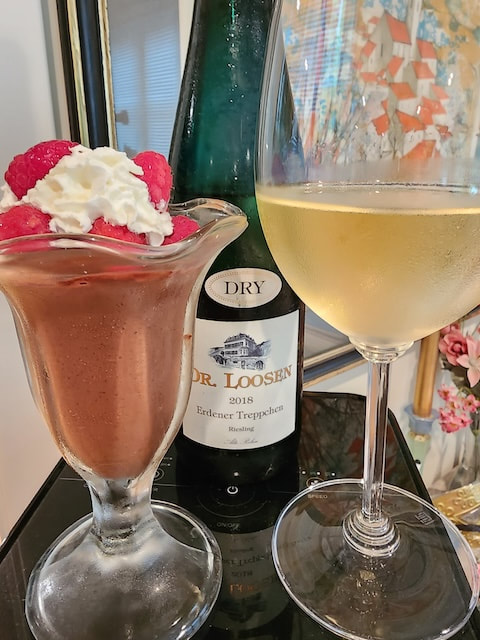
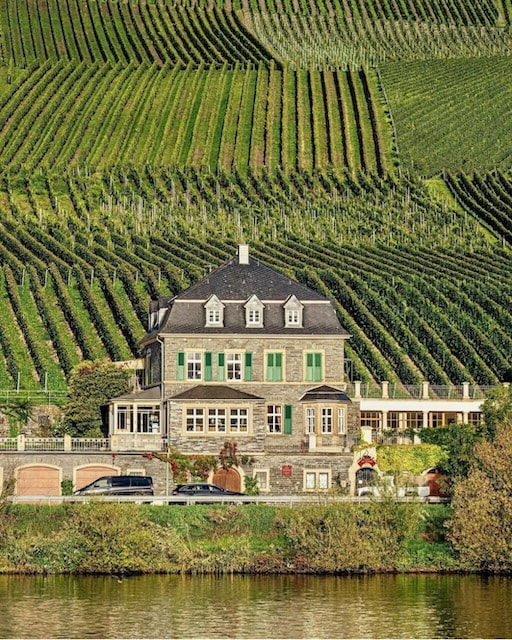
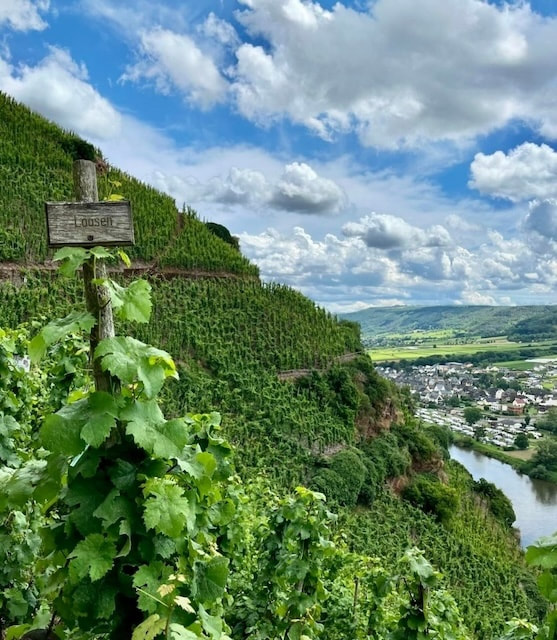
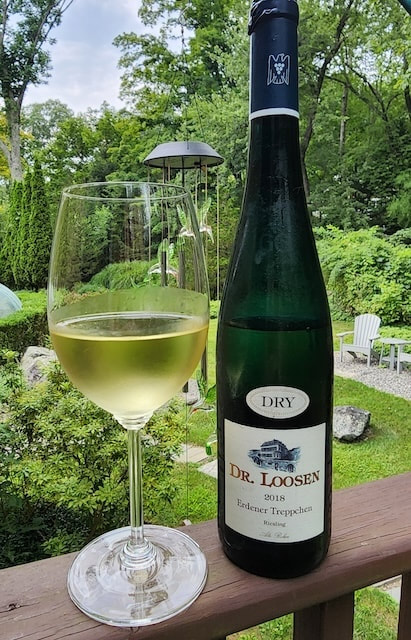
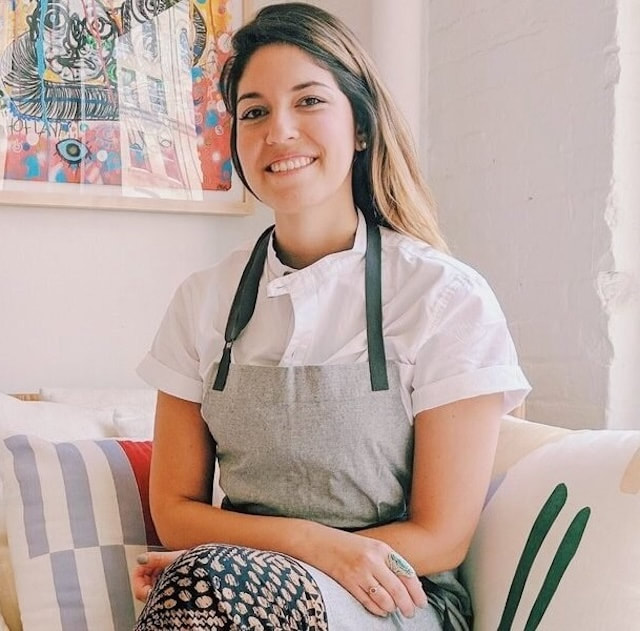
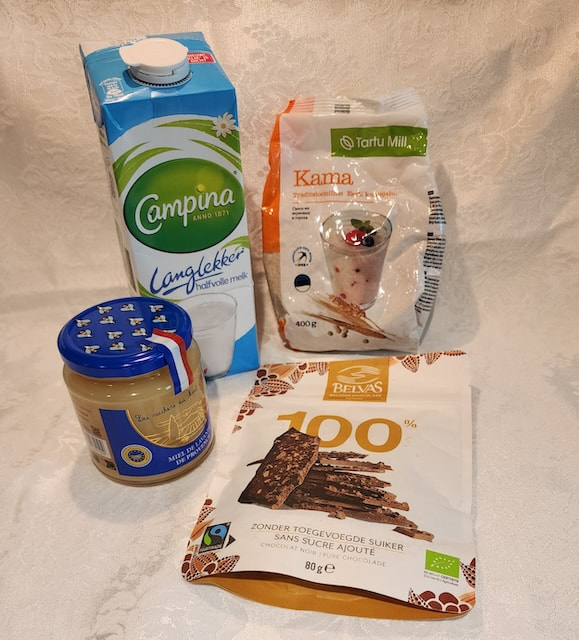
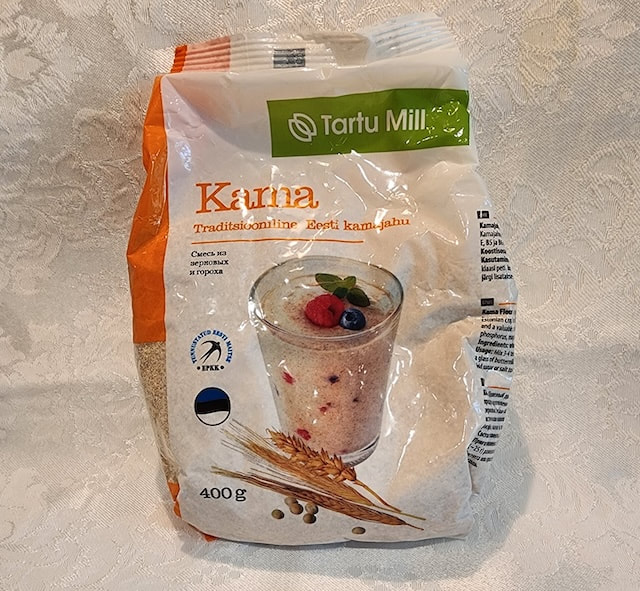
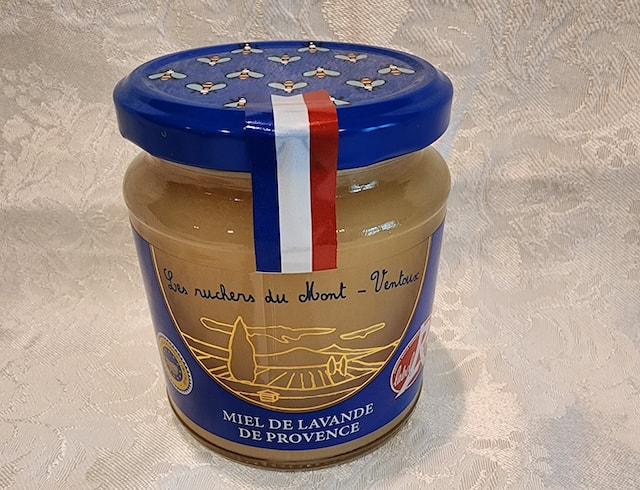
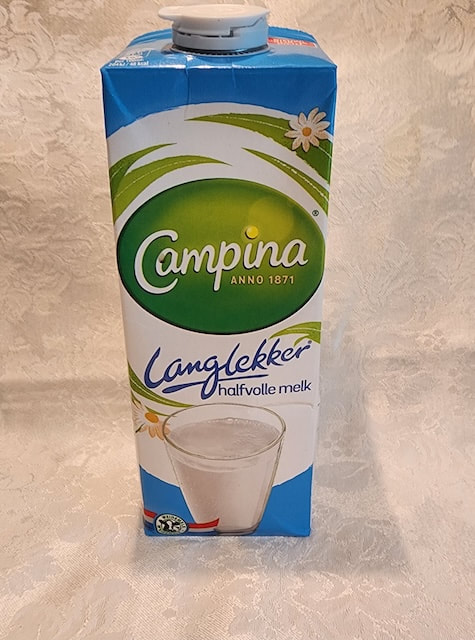
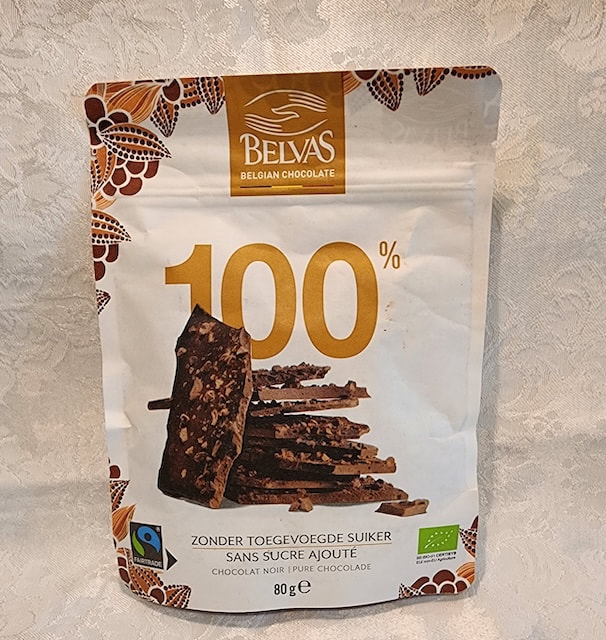
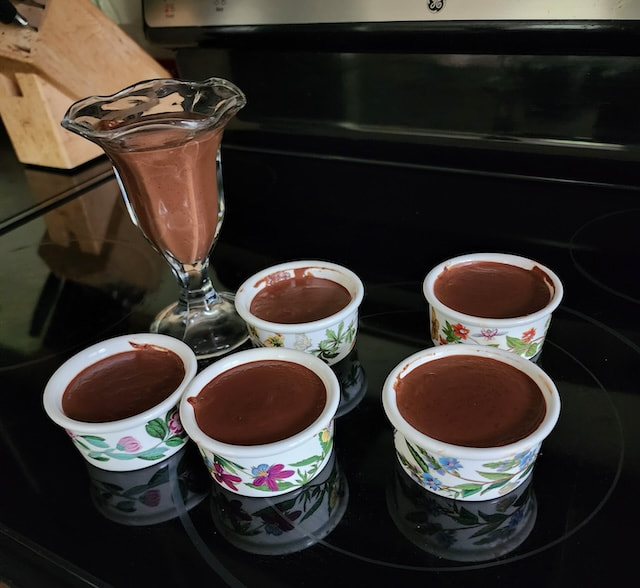
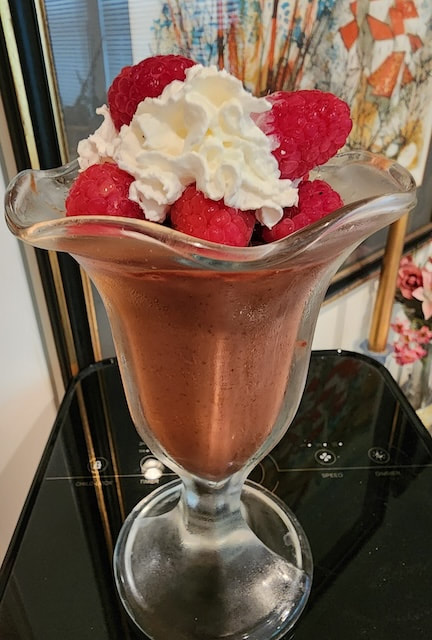
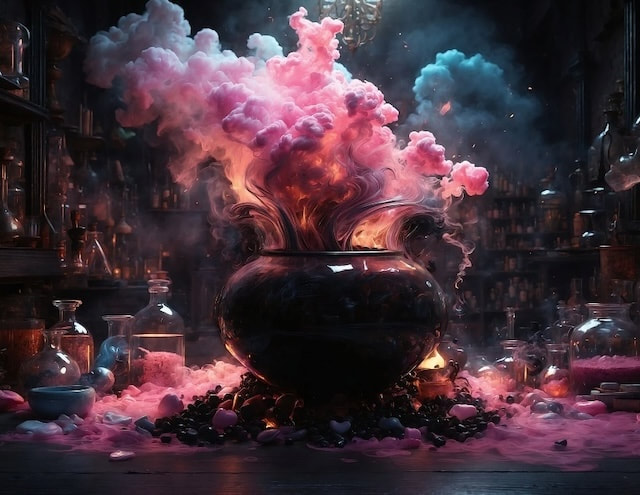
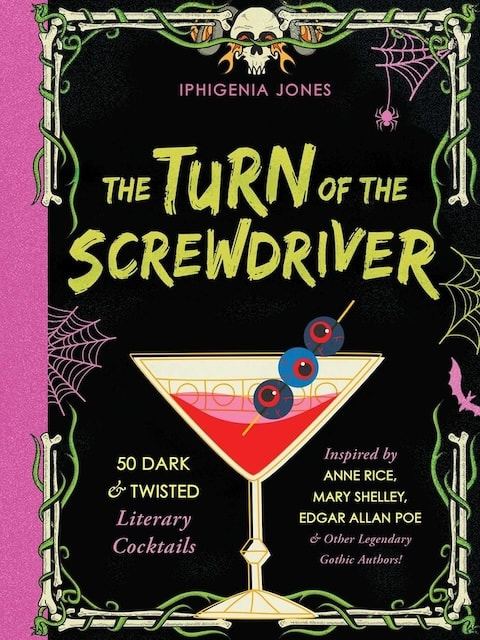
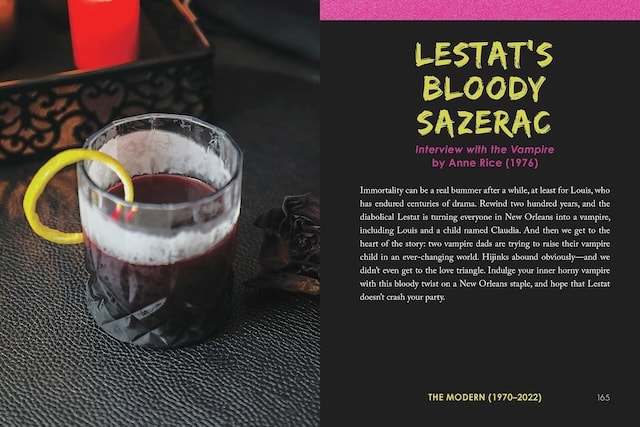
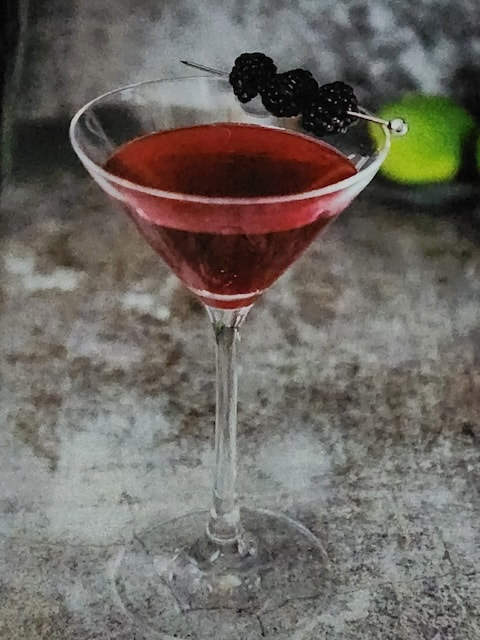

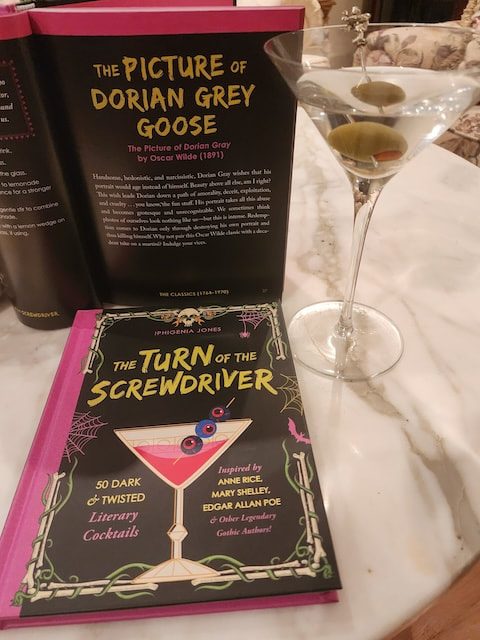
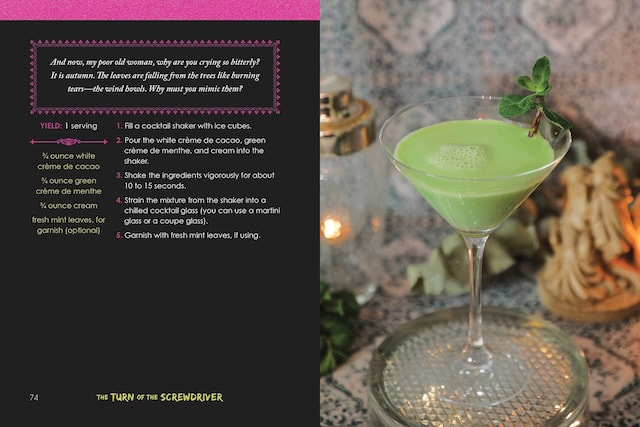
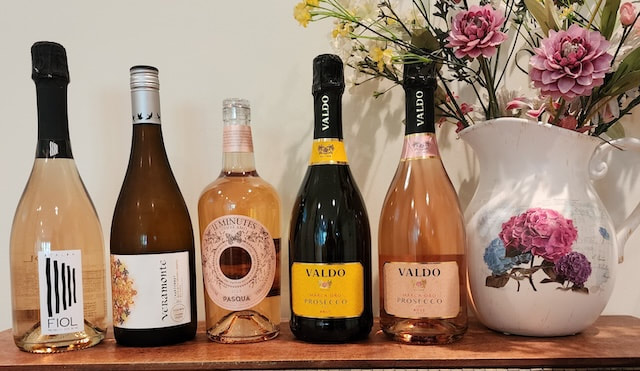
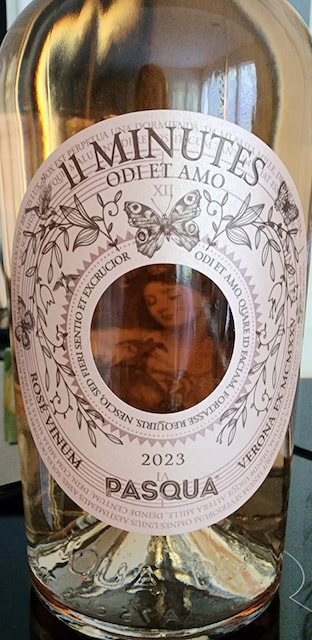
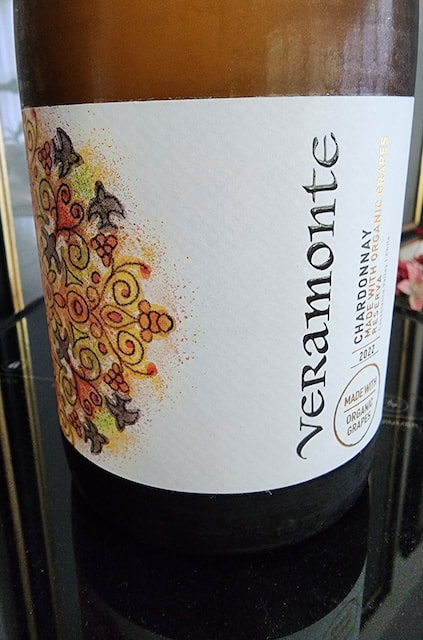
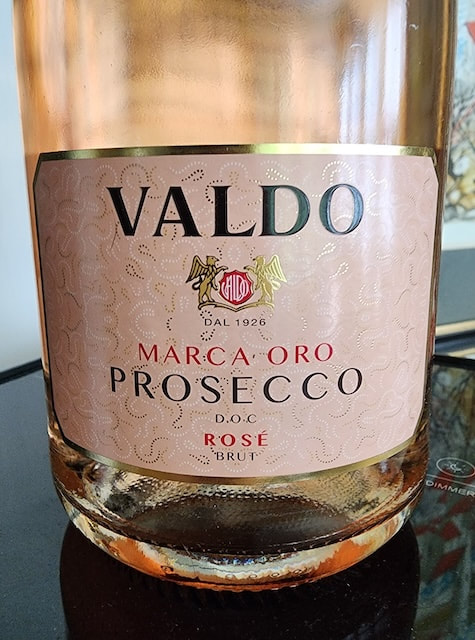
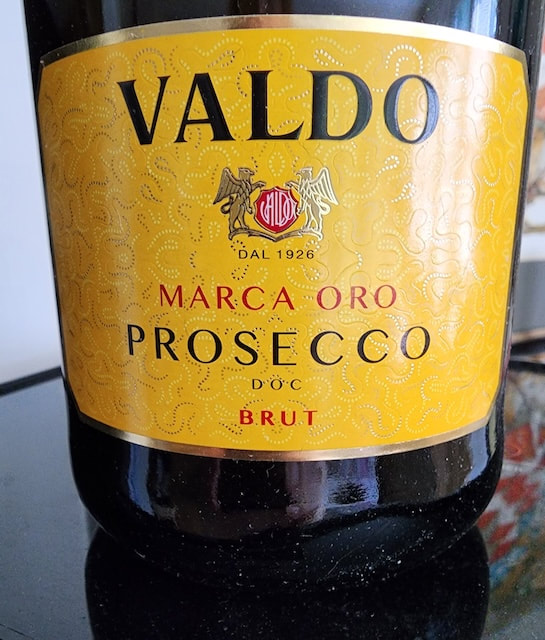
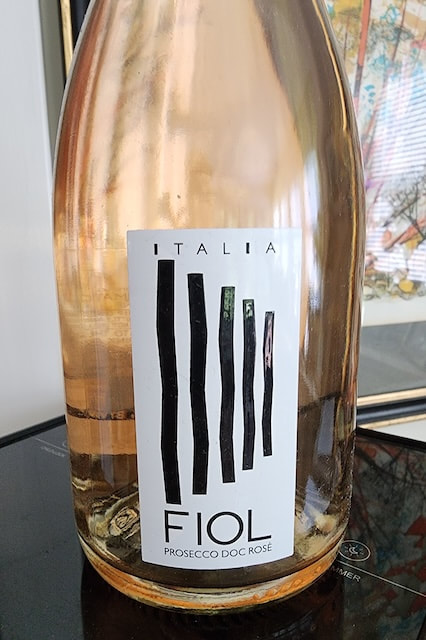
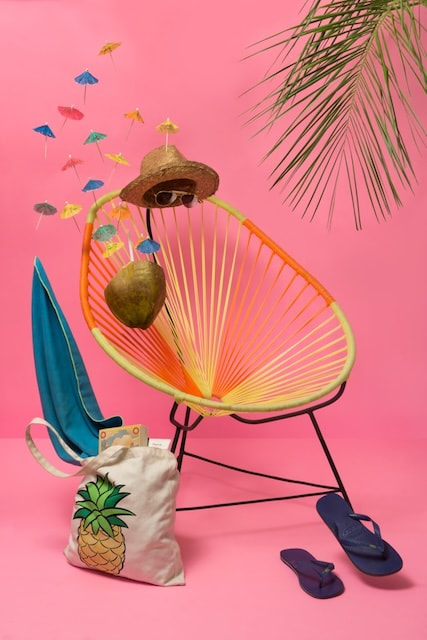
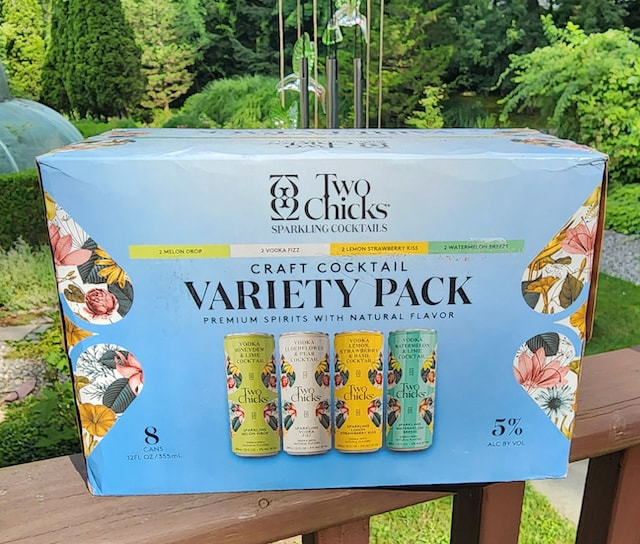

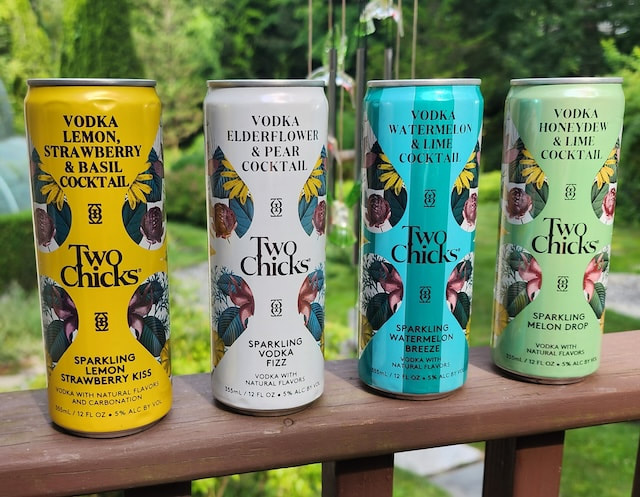
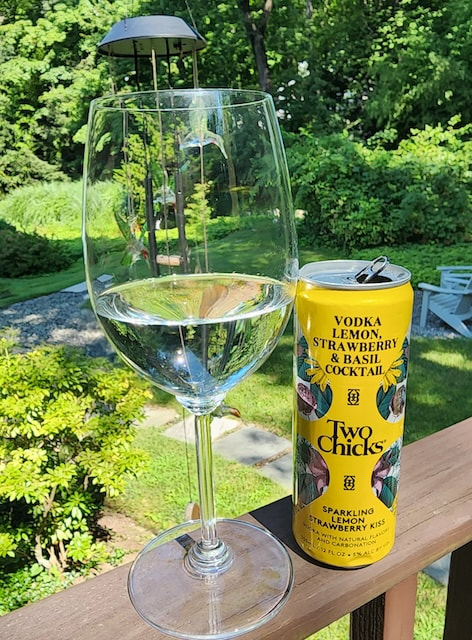

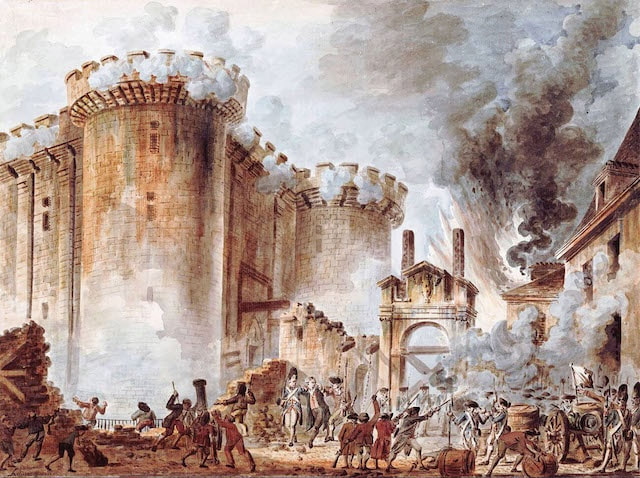
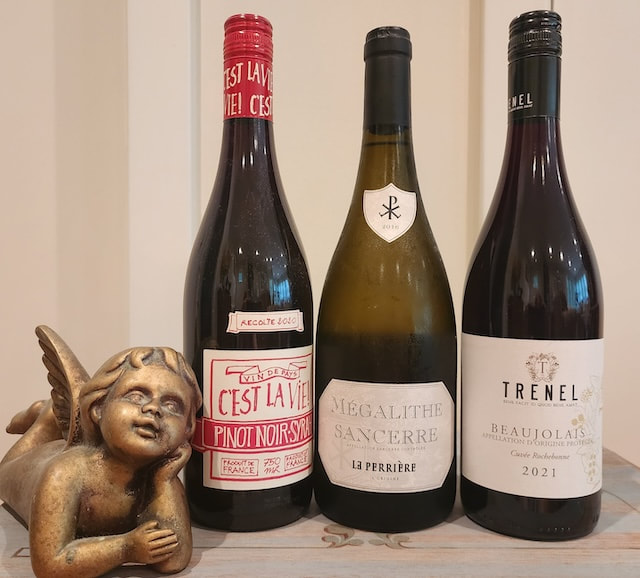
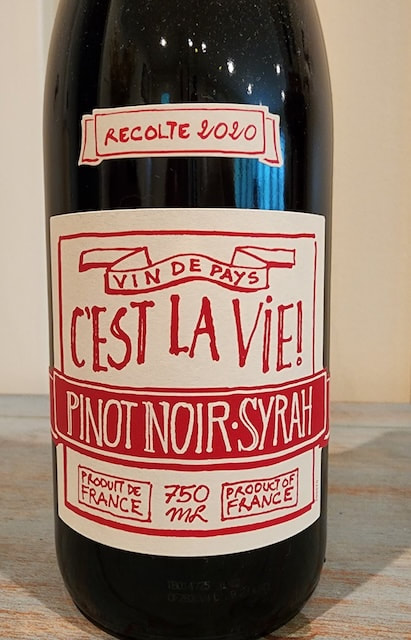
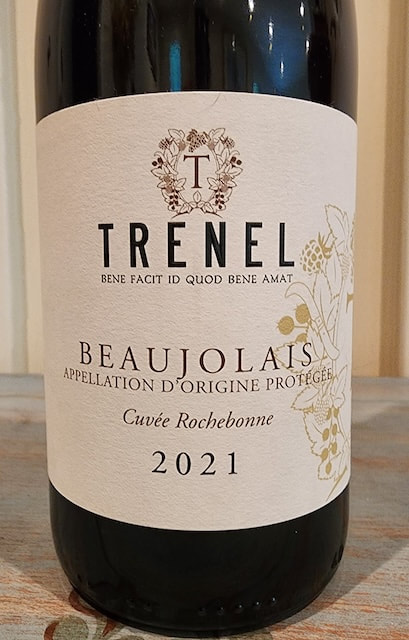
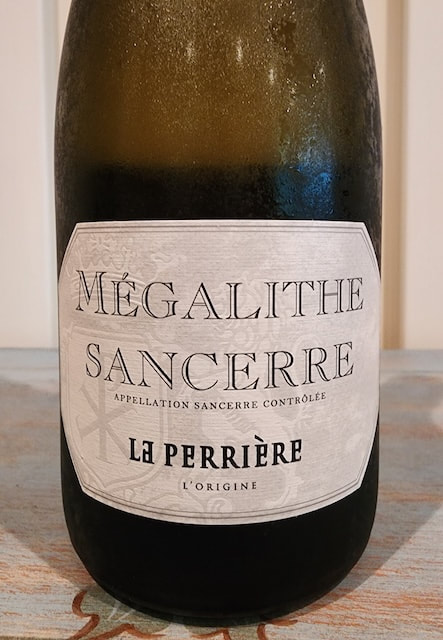





 RSS Feed
RSS Feed